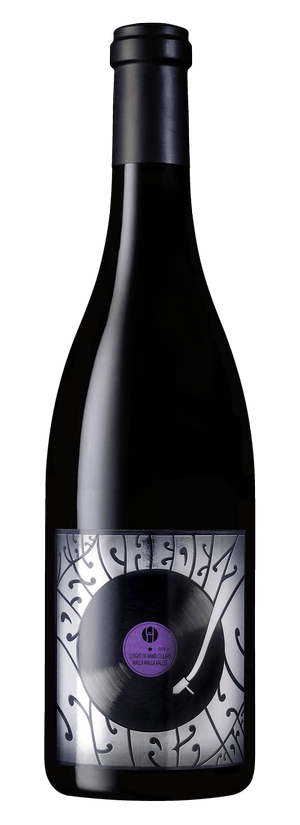
Regions
"Regions are almost as important to winemaking as, well, grapes! Soil, weather, water, and tradition all act as incredible forces behind a wines unique identity and soul. Cooler climates produce brighter, crisper wines whereas warmer climates tend to produce fruitier, more full bodied wines--but there's no hard set rule. It's truly fascinating exploring all the different ways that geography influences a wine."
Grape vines grow best in two bands around the globe between 30 and 50 degrees latitude, in both the northern and southern hemisphere. These bands are often referred to as the Grape Belt, and while there are some exceptions to the rule, most of the major growing regions in the world can be found in this area. Too far north in the northern hemisphere, or south in the southern hemisphere and the grapes may fail to achieve ripeness. On the opposite side of the equation, the closer to the equator you get the grapes may become overripe, or ripen too quickly and produce wines with cooked or stewed fruit character.
Growing regions can be heavily influenced by altitude. There are several key factors that are at play with higher elevation: First, a tendency towards slightly cooler temperatures, second a tendency towards rockier, more gravely soils with far better drainage, and finally third--more exposure. There's a saying that vines love to struggle. When there's less water, and less nutrients in the soil the vines tend to produce berries with thicker skins.
Historically, regions have a significant role in the types of cuisine that get paired with wines from that region and vice versa. Before it became readily availble to transport wine vast distances, regional cusiine and winemaking styles tended to work together out of necessity. Great examples of this are crisp Spanish whites like Albarino and seafood, or beef bourgignon and Red Burgundy (pinot noir). In many non-european countries that have younger winemaking and culinary traditions, those close regional ties aren't as prevelant. As a result we tend to look more qualitatively at the way wines work with food. Because of this we're able to unlock some truly astounding pairings that many would never conceive, such as a Mosel Riesling and North Carolina style BBQ.















